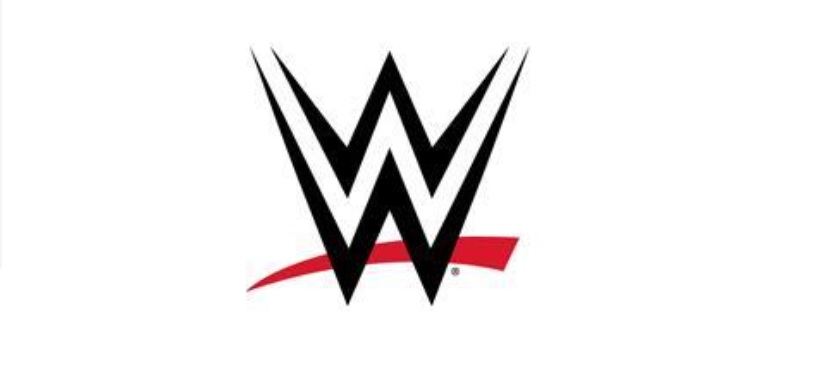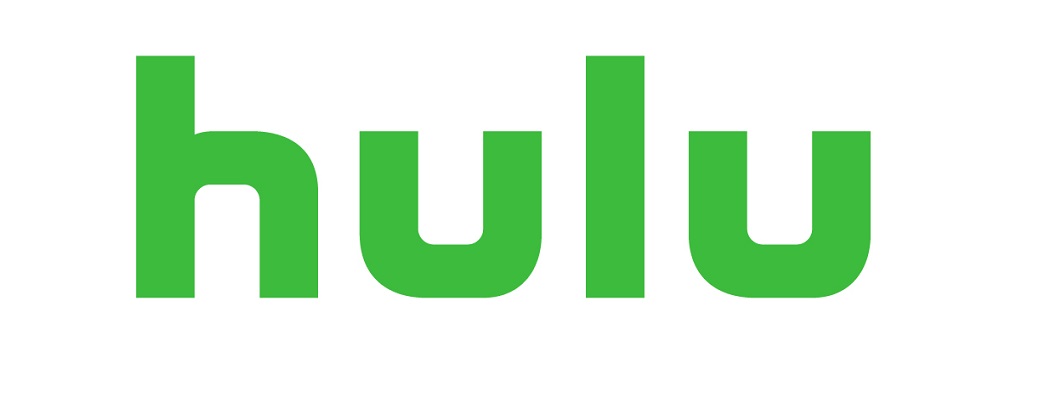With the end of 2022 coming soon predictions forcthe coming year have begun to roll in. This is a fun time of year. Check out this batch of guesses and see if they get it right.
Deloitte predicts that major streaming services that have been ad-free will add AVOD (advertising video on demand) options. While ad-free subscriptions aren’t going away, Deloitte anticipates that by the end of 2023, major subscription video-on-demand services in developed markets will likely launch new ad-funded tiers. By the end of 2024, half of these providers will likely also have launched a free ad-supported streaming TV service (FAST). And by 2030, Deloitte expects that most online video service subscriptions will be partially or wholly ad funded.
“Our recent research showed the churn rate for streaming services in the U.S. was 37%. This means media and entertainment companies should continuously look for ways to generate new revenue while appealing to cost-conscious consumers who have a growing appetite for more compelling and diverse content,” said Jana Arbanas, vice chair, Deloitte LLP and U.S. telecom, media and entertainment sector leader. “Advertising video on demand, for example, can satisfy both objectives by giving consumers more options that work within their budget and streaming companies more opportunity for growth by working with eager advertisers, not to mention more lasting relationship with consumers.”
Live Sports
Streaming providers are spending billions of dollars on live sports. They have purchased rights across the spectrum of sporting events in a bid to attract, retain, and monetize their audiences via this popular content. Deloitte predicts that in 2023, streamers could spend more than US$6 billion on major sports rights in the largest global markets.
More Broadband Options
Deloitte predicts that more than 5,000 broadband satellites could be in low-Earth orbit (LEO) by the end of 2023, because of growth in commercial data satellite deployments to provide high-speed internet to every corner of the world. They could make up two working constellations providing high-speed internet to nearly a million subscribers on all parts of the planet, no matter how remote.
If every organization currently planning to build an LEO constellation succeeds, seven to 10 competing networks could be operational by 2030, with a total of 40,000 to 50,000 satellites serving more than 10 million end users. This growth would likely require more to protect the commons of space including increased industry collaboration and new capabilities for space situational awareness, in-orbit satellite servicing, and space debris removal.






